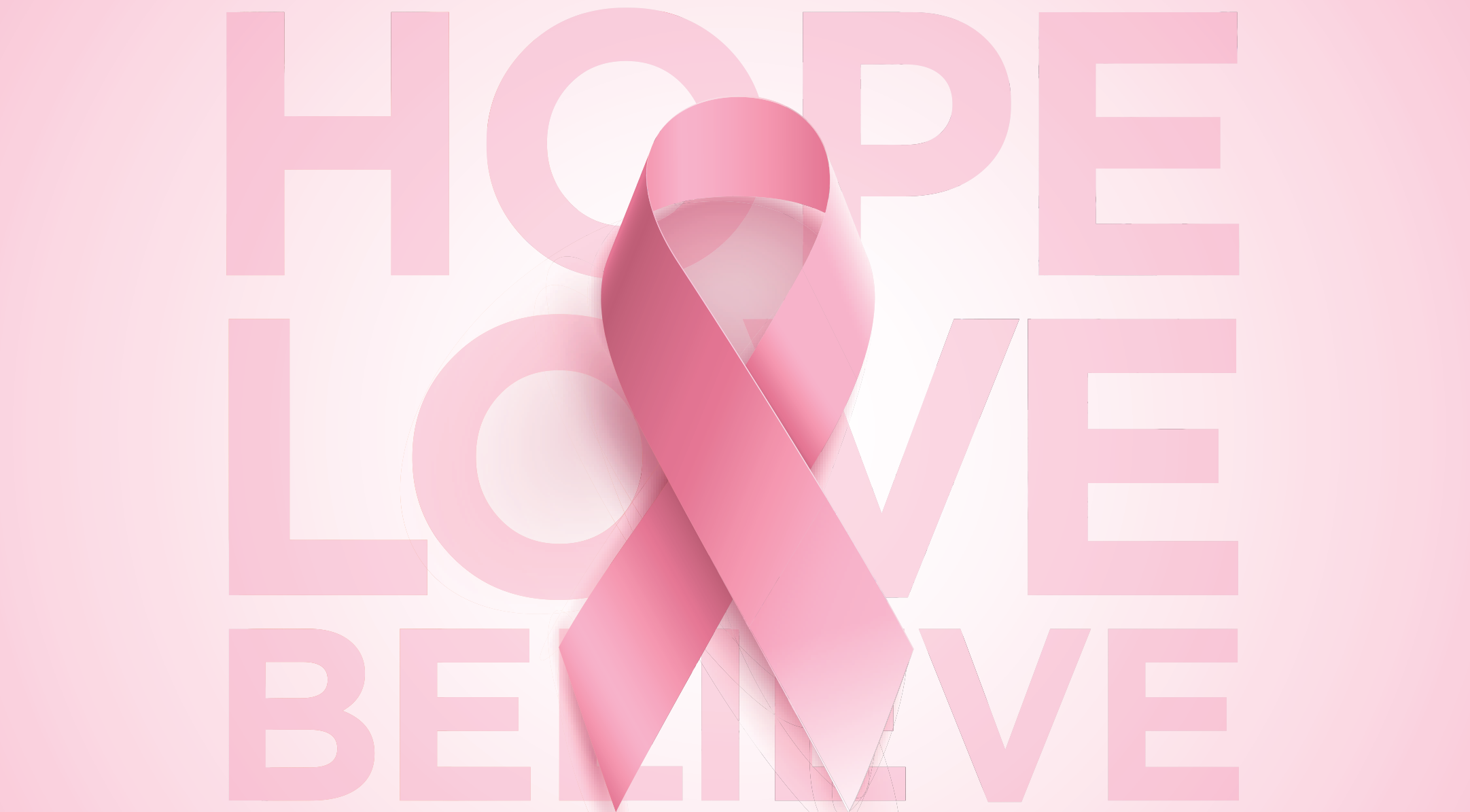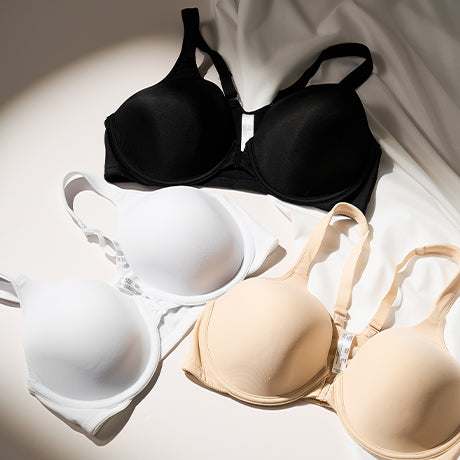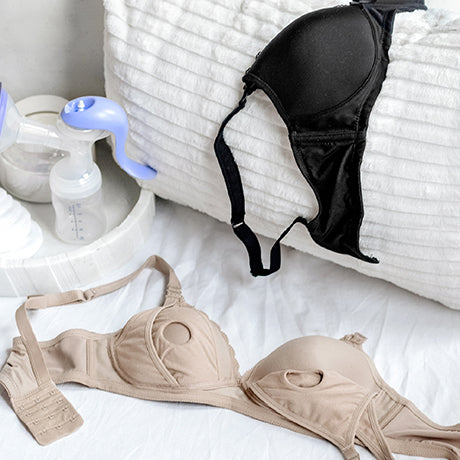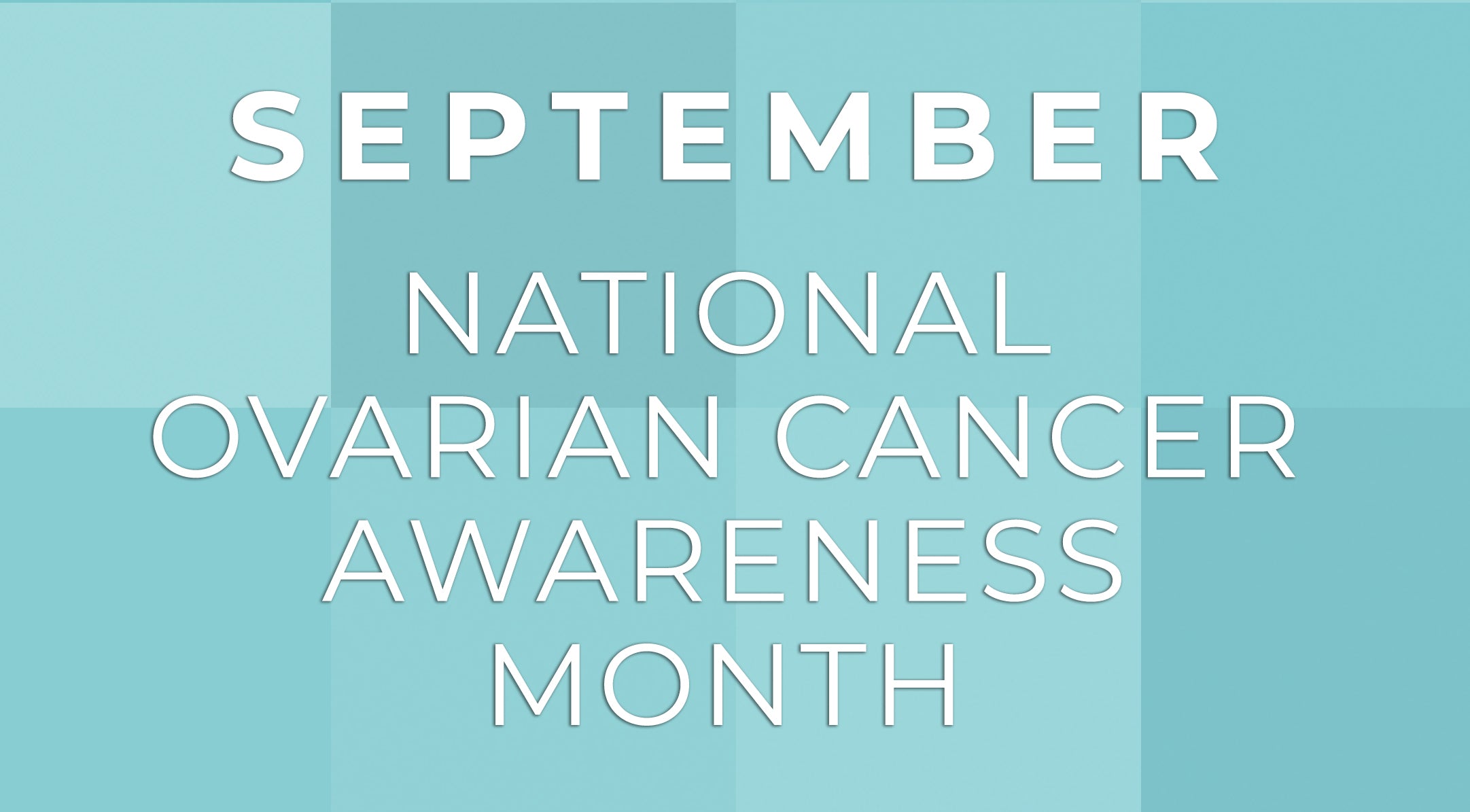
The Power of Pink: Breast Cancer Awareness
We’ve heard it before but it’s worth repeating: We will all be affected by breast cancer in our lifetime. Whether it’s you, a family member, a friend, a co-worker, or an acquaintance, someone you know will have breast cancer. Thanks to the power of pink – breast cancer awareness campaigns during the month of October and year-round – statistics are improving year-by-year. Less women are diagnosed and less women are dying. But until breast cancer, and all cancer, is eradicated, awareness, support and action are top on the agenda for this potentially deadly disease.
Breast Cancer Awareness: Statistics
Today, more than 3.1 million women in the U.S. have had breast cancer. An estimated 330,000 women will be diagnosed with invasive or non-invasive breast cancer in 2018. And close to 41,000 women will die of breast cancer this year, making breast cancer the highest cancer-related cause of death in our country besides lung cancer.
However, we are lucky to live in a time when breast cancer rates are decreasing. Since the year 2000, breast cancer diagnoses have decreased year-over-year. Much of this improvement can be attributed to breast cancer awareness campaigns and research that promotes early detection, understanding risk factors, and a general recommendation against the use of hormone replacement therapy.
Breast Cancer Awareness: Risk Factors
While researchers furiously work to find cures and preventative measures against breast cancer, they do know that early detection is the best chance a woman has at survival. That’s because cancer can aggressively spread throughout the body, sometimes without being detected for years. And the more cells, tissues and organs affected by the disease, the greater the risk.
Early detection begins with knowing your risk factors, which include:
- Age: Risk of breast cancer increases after the age of 50.
- Personal History: Women who have had breast cancer are more likely to have recurrence of the disease.
- Family History: Women with a first degree relative (mother, sister or daughter) diagnosed with breast cancer or women with multiple relatives on both sides of her family are more at risk.
- Reproductive History: Women who have menstruated longer (before the age of 12 and after the age of 55) or who have never been pregnant or breastfed are at higher risk for breast cancer.
- Dense Breast Tissue: Thicker tissue can make it harder to detect breast cancer through typical screening methods.
- Genetic Mutations: Women with inherited genetic mutations such as the BRCA1 or BRCA2 are at increased risk of breast cancer.
- Physical Health: Breast cancer is more common among women who do not exercise and who are overweight after menopause.
- Hormone Replacement Therapy: Once a common solution during menopause, now experts believe hormone replacement therapy (in addition to some birth control medications) can lead to breast cancer.
- Alcohol and Tobacco Exposure: Excessive alcohol intake and consistent exposure to tobacco smoke is linked to breast cancer.
Breast Cancer Awareness: Your Breast Health
Just like other areas of your body, breast health is an important component of holistic health and wellness for women. Each body is unique and knowing what is normal for you is vital to keeping track of your breast health. Start with these daily, weekly, monthly and yearly habits that can improve your breast health:
Daily Breast Health:
- Eat a healthy diet rich in vegetables, fruits, lean proteins, low-fat dairy products and whole grains. Focus on antioxidants, that are commonly found in brightly colored foods.
- Get plenty of sleep and make time for relaxation. Stress and lack of sleep contribute to a variety of health problems that can in turn affect your risk for cancer.
- Wear supportive, comfortable bras daily and at night if necessary. There are rumors and myths that bras, especially underwire bras, can cause breast cancer. Studies have shown this is not true no matter what style you select or when you wear it. So, feel confident wearing bras that support your body.
Weekly Breast Health:
- Be physically active as much as possible. Experts recommend exercising 3 to 5 times a week at your fitness level. It’s never too late to start an exercise regimen.
- Drink alcohol in moderation and avoid tobacco exposure.
Monthly Breast Health:
- Keep track of changes to your breasts over time. Symptoms of breast cancer include:
- A lump in your breast tissue
- A change in the size or shape of your breast
- A change in the appearance of your breast such as redness, dimpling, or peeling skin
- A newly inverted nipple
- Perform a self breast exam on a monthly basis for your own breast awareness. Women often find lumps themselves because they are familiar with the normal look and feel of their breast tissue.
- Visit your doctor if any symptoms appear or persist.
- Monitor your weight and make adjustments to ensure you stay within a healthy range.
Yearly Breast Health:
- See your gynecologist or general practitioner for a yearly check-up. Your doctor should perform a manual breast exam.
- When your doctor says it is appropriate, get regularly scheduled mammograms. Some women with increased risk of breast cancer will be on an accelerated mammogram schedule or may have additional screening procedures to keep an eye on potential developments.
Breast Cancer Awareness campaigns in October and year-round prove that the power of pink can save lives. Be part of this vital cause for yourself and all women who will be affected by breast cancer.







